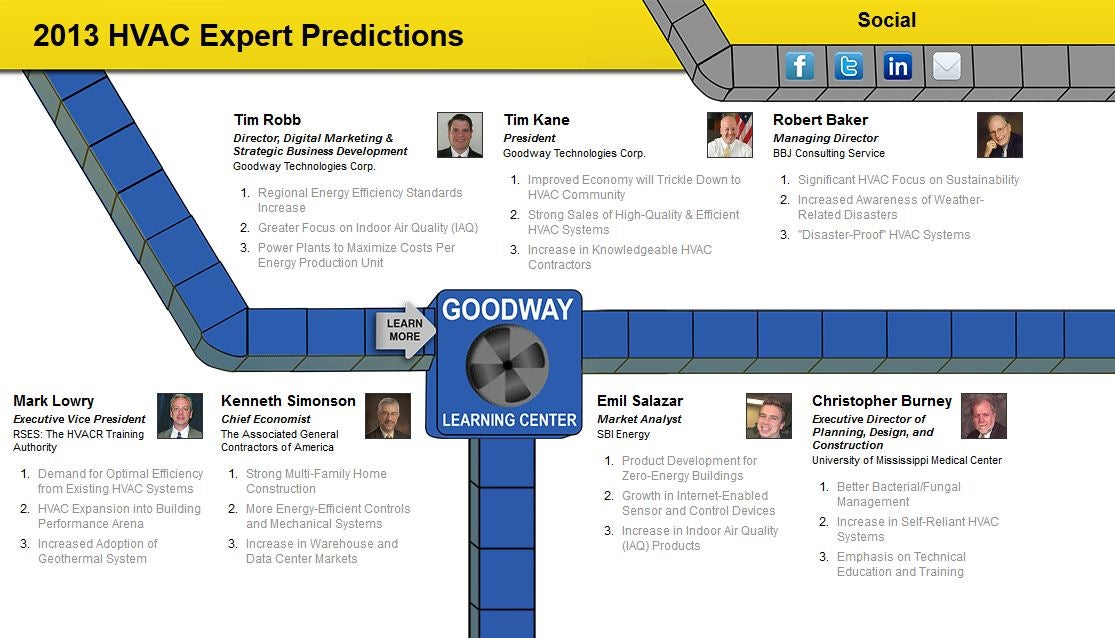The Ultimate Guide To Understanding Warm Pumps - How Do They Function?
The Ultimate Guide To Understanding Warm Pumps - How Do They Function?
Blog Article
Write-Up Written By-Steenberg Bland
The most effective heat pumps can conserve you considerable quantities of money on energy expenses. They can also help in reducing greenhouse gas emissions, especially if you use electricity instead of fossil fuels like gas and home heating oil or electric-resistance heating systems.
Heat pumps work significantly the like a/c unit do. This makes them a sensible alternative to standard electrical home heater.
How They Function
Heat pumps cool down homes in the summertime and, with a little help from electricity or natural gas, they supply a few of your home's heating in the winter season. They're a good alternative for people that wish to minimize their use of fossil fuels however aren't prepared to replace their existing furnace and cooling system.
They rely on the physical reality that even in air that seems also cool, there's still energy present: warm air is constantly moving, and it intends to move right into cooler, lower-pressure environments like your home.
The majority of ENERGY celebrity licensed heatpump run at near their heating or cooling capability throughout the majority of the year, minimizing on/off biking and conserving energy. For the best performance, concentrate on systems with a high SEER and HSPF score.
The Compressor
The heart of the heatpump is the compressor, which is likewise known as an air compressor. This mechanical flowing tool uses potential power from power creation to enhance the pressure of a gas by minimizing its quantity. It is various from a pump in that it only services gases and can not deal with liquids, as pumps do.
Atmospheric air enters the compressor with an inlet valve. ducted heat pump installer christchurch travels around vane-mounted arms with self-adjusting size that split the inside of the compressor, producing several tooth cavities of varying size. The blades's spin pressures these dental caries to move in and out of phase with each other, pressing the air.
The compressor draws in the low-temperature, high-pressure cooling agent vapor from the evaporator and presses it right into the hot, pressurized state of a gas. This process is repeated as required to supply home heating or cooling as called for. The compressor also consists of a desuperheater coil that recycles the waste warm and adds superheat to the refrigerant, altering it from its fluid to vapor state.
The Evaporator
The evaporator in heatpump does the very same thing as it carries out in refrigerators and ac unit, changing liquid refrigerant right into an aeriform vapor that removes warmth from the room. Heatpump systems would certainly not work without this crucial tool.
This part of the system is located inside your home or structure in an interior air handler, which can be either a ducted or ductless unit. It contains an evaporator coil and the compressor that compresses the low-pressure vapor from the evaporator to high pressure gas.
Heatpump take in ambient warmth from the air, and afterwards make use of electrical power to move that warmth to a home or company in home heating setting. That makes them a great deal much more energy efficient than electrical heating units or furnaces, and since they're making use of tidy electricity from the grid (and not burning gas), they likewise generate much fewer emissions. https://edwinqhznb.dailyhitblog.com/34753695/the-conclusive-overview-to-selecting-the-right-dimension-heatpump-for-your-home 's why heat pumps are such great environmental selections. (Not to mention a huge reason they're becoming so prominent.).
The Thermostat.
Heatpump are excellent alternatives for homes in chilly climates, and you can utilize them in mix with conventional duct-based systems or even go ductless. They're a terrific alternate to fossil fuel heating unit or conventional electrical furnaces, and they're much more sustainable than oil, gas or nuclear a/c equipment.
Your thermostat is the most essential part of your heatpump system, and it works really in a different way than a standard thermostat. All mechanical thermostats (all non-electronic ones) work by using materials that alter size with increasing temperature, like curled bimetallic strips or the expanding wax in an automobile radiator shutoff.
These strips include 2 various types of metal, and they're bolted together to form a bridge that completes an electric circuit linked to your HVAC system. As the strip gets warmer, one side of the bridge expands faster than the other, which causes it to bend and signify that the heating unit is needed. When the heat pump is in home heating mode, the reversing shutoff turns around the flow of refrigerant, to ensure that the outdoors coil currently functions as an evaporator and the indoor cyndrical tube becomes a condenser.